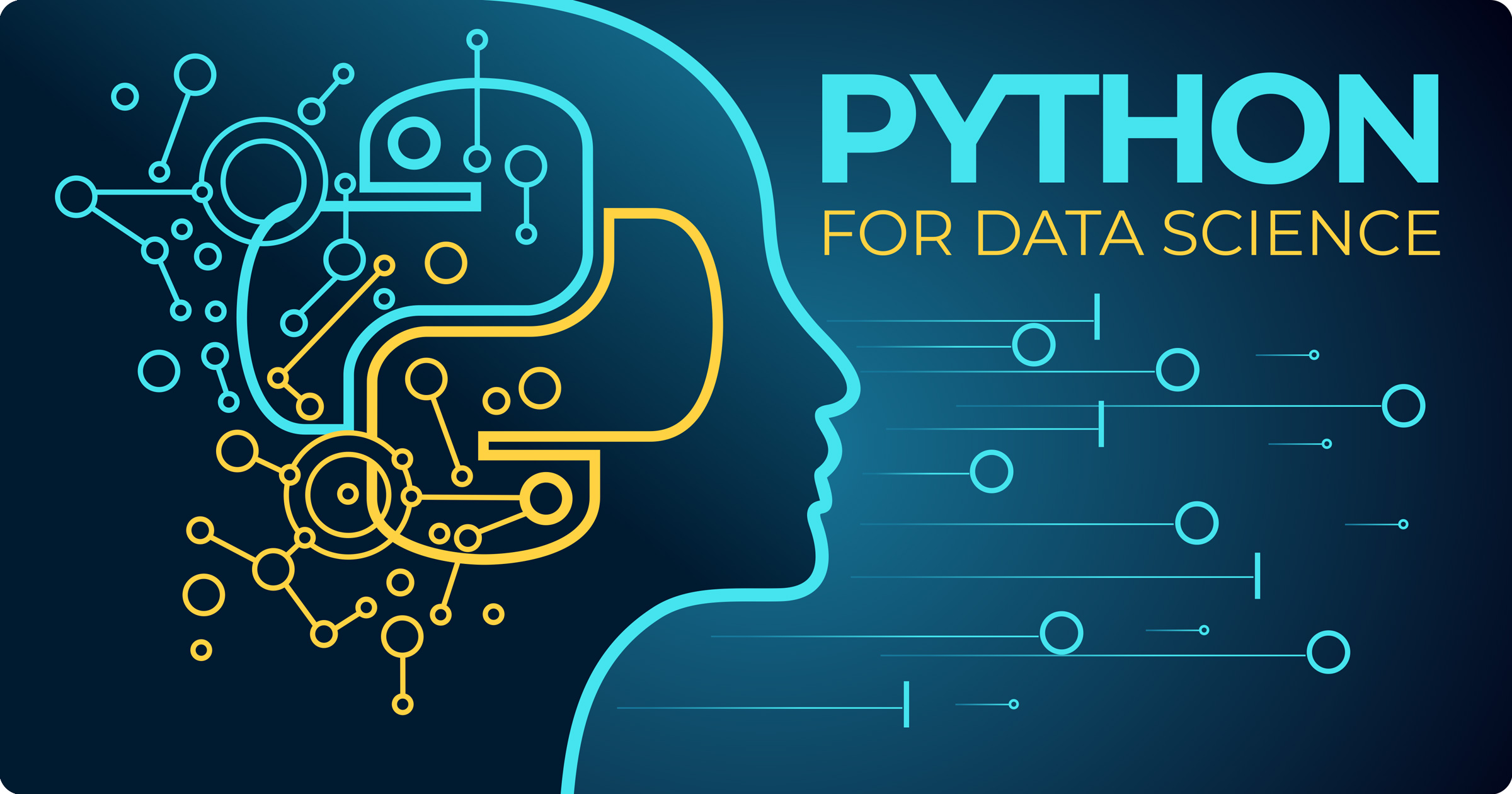
About Course
Introduction to Data Science with Python involves learning the fundamentals of the Python programming language and its application in data science. Below is an outline for a beginner-level training program:
Module 1: Introduction to Data Science
- What is Data Science?
- Definition and scope of data science.
- Applications and impact on various industries.
- Data Science Lifecycle:
- Overview of the data science process.
- Steps involved in a typical data science project.
Module 2: Introduction to Python
- Getting Started with Python:
- Installation and setup of Python.
- Introduction to Python’s syntax and basic operations.
- Python Basics:
- Variables, data types, and basic operations.
- Control structures (if statements, loops).
Module 3: Data Wrangling with Python
- Data Import and Export:
- Reading and writing data with Python.
- Handling different data formats (CSV, Excel, etc.).
- Data Cleaning:
- Identifying and handling missing data.
- Removing duplicates and outliers.
Module 4: Exploratory Data Analysis (EDA)
- Descriptive Statistics:
- Calculating measures of central tendency and dispersion.
- Creating histograms and box plots.
- Data Visualization with Matplotlib and Seaborn:
- Introduction to data visualization libraries.
- Creating bar charts, scatter plots, and line graphs.
Module 5: Statistical Analysis with Python
- Hypothesis Testing:
- Introduction to statistical hypothesis testing.
- Conducting t-tests and chi-square tests.
- Correlation and Regression:
- Analyzing relationships between variables.
- Building and interpreting regression models.
Module 6: Machine Learning Basics with scikit-learn
- Introduction to Machine Learning:
- Overview of machine learning concepts.
- Supervised vs. unsupervised learning.
- Machine Learning Algorithms in Python:
- Introduction to common machine learning algorithms.
- Implementing algorithms using scikit-learn.
Module 7: Introduction to Jupyter Notebooks
- Creating Reports with Jupyter Notebooks:
- Overview of Jupyter Notebooks.
- Creating dynamic and reproducible reports.
- Presenting Data Findings:
- Using Jupyter Notebooks to present analysis results.
- Creating interactive documents.
Module 8: Real-world Applications and Case Studies
- Industry Applications:
- Data science applications in various industries.
- Real-world case studies.
- Capstone Project:
- Undertaking a small data science project using Python.
- Integrating various skills learned throughout the training.
Additional Considerations:
- Hands-On Exercises and Labs:
- Incorporate practical exercises for hands-on learning.
- Provide datasets for participants to work on.
- Interactive Sessions:
- Q&A sessions and discussions.
- Peer-to-peer learning activities.
- Resources and Further Learning:
- Share additional resources for ongoing learning.
- Provide links to Python documentation and tutorials.
- Certification or Assessment:
- Consider offering a certification or assessment for participants who complete the training.
Student Ratings & Reviews

No Review Yet


